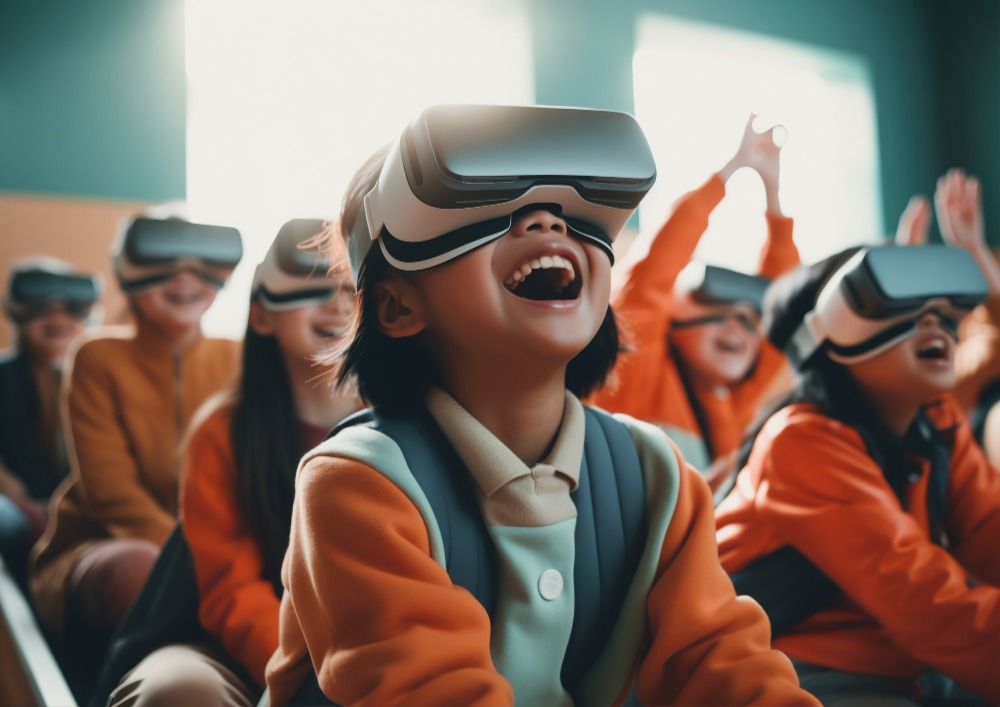
Role of Technology in Modern Education
In recent years, technology has changed the way knowledge is shared and learned, transforming education completely. The role of technology in modern education has made teaching more interactive, engaging and efficient. While this shift has brought many benefits but also comes with challenges that teachers, students and policymakers must work to overcome.
The Role of Technology in Modern Education
Technology plays an important role in modern education by enhancing the accessibility, flexibility and interactivity of learning processes. Digital tools such as computers, tablets and online platforms have become integral components of educational institutions providing an easy flow of information and enabling students to learn at their own pace. For instance, e-learning platforms like Khan Academy and Coursera provide access to high quality educational content from anywhere in the world.
The role of technology in modern education goes beyond just providing access to content. It helps students and teachers communicate better, encourages innovative teaching methods and bridges the gap between traditional and digital learning. Technology has made education more than just physical classrooms. It is now a global and connected experience.
Benefits of Technology in Modern Education
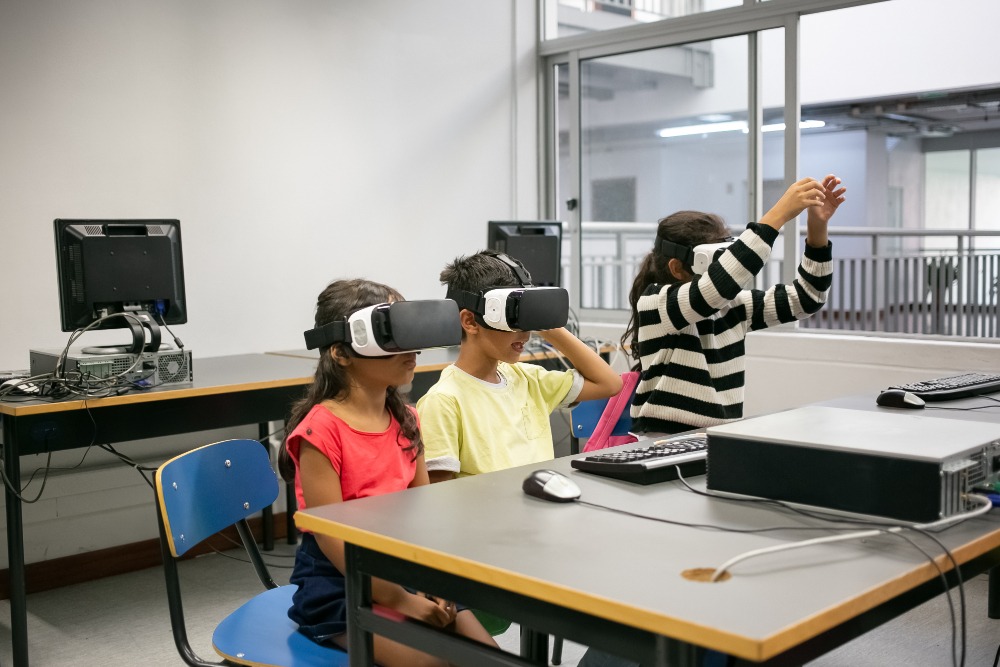
1. Enhanced Accessibility to Education
One of the biggest benefits of technology in modern education is that it makes learning accessible to more people. Students from remote or less advantaged areas can now get quality education through online courses and digital classrooms. For example, initiatives like Google’s “Internet Saathi” have empowered rural communities by providing them with digital literacy and educational resources. Online education platforms like Byju’s and Unacademy have also reached millions of students, breaking geographical barriers.
2. Personalized Learning Experiences
Technology makes learning more personal by adjusting to each student’s style and speed. Tools like DreamBox and Smart Sparrow track progress and change lessons to fit their needs. This helps students understand better and learn more easily. For example, a student having trouble with math can receive customized lessons and practice exercises until they fully understand the topic.
3. Interactive and Engaging Content
Traditional textbooks are being replaced by attractive digital content, including videos, simulations and gamified learning modules. For example: apps like Duolingo use gamification to teach languages which makes the process engaging and enjoyable for learners. Platforms like TED-Ed offer engaging videos that make complex topics easier to understand and help students grab information better.
4. Communication & Collaboration
Technology enables collaboration and communication between students and teachers. Tools like Google Workspace and Microsoft Teams allow people to work together on projects in real time helping to build teamwork and problem-solving skills. Virtual classrooms let students from different places interact and share ideas, expanding their perspectives. Students can work together on group assignments using shared documents, and teachers can give instant feedback through these platforms. These collaborative efforts show how important technology is in modern education for promoting teamwork.
5. Preparation for the Digital Economy
Integrating technology in education equips students with the digital skills necessary for the modern workforce. Familiarity with tools like coding software, data analytics platforms, and digital design programs prepares students for careers in technology-driven industries. For example, learning platforms like Codecademy and Scratch teach programming languages, enabling students to develop essential skills for future careers.
6. Efficient Assessment and Feedback
Online assessment tools streamline the evaluation process and provide immediate feedback to students. Platforms like Kahoot! and Quizizz allow educators to create interactive quizzes that assess student performance in real time which enables timely interventions. These tools also help teachers track progress over time, identify areas for improvement and adapt their teaching strategies accordingly.
Challenges of Technology in Modern Education

While the role of technology in modern education is transformative it also comes with challenges. These issues must be addressed to ensure fair and effective use.
1. Digital Divide
The digital divide is a major barrier with many students lacking access to essential devices or reliable internet connections. This gap worsens educational inequalities especially in developing areas. For example: during the COVID-19 pandemic, students from low income families had difficulty joining online learning because of a lack of resources. Bridging this gap requires coordinated efforts from governments, private organizations and communities.
2. Overdependence on Technology
Relying too much on technology can limit critical thinking and problem-solving skills. Students may become too dependent on digital tools, making it harder for them to complete tasks on their own or think independently. Balancing traditional and tech based learning methods is important to reduce this risk. For example: encouraging students to solve math problems on paper without a calculator helps them keep basic skills.
3. Privacy and Security Concerns
Use of digital tools in education creates concerns about data privacy and cybersecurity. Schools and institutions must ensure that sensitive student information is protected from breaches and misuse. It is important to implement strong cybersecurity measures and teach students about online safety. Parents and educators should also keep an eye on the apps and platforms students use to make sure their data is protected.
4. Teacher Training and Adaptation
Some teachers may not be familiar with using technology in the classroom. To help them become better it is important to offer training and support. Workshops and training sessions can teach them how to use digital tools effectively and improve their teaching methods. Learning to use new tools like interactive whiteboards or virtual reality can also enhance the classroom experience.
5. Distraction and Screen Time
Long screen time and easy access to non educational content can distract students from their studies. It’s important to find a balance between digital and offline learning activities to stay focused and avoid health problems from too much screen exposure. Parents and teachers can set screen time limits and encourage physical activities to promote a healthy lifestyle.
6. High Implementation Costs
The initial cost of adding technology to education can be too high for many institutions. Buying devices, installing software and maintaining infrastructure require a large investment. Governments and private organizations must work together to help cover these costs and encourage broader use. Partnerships with tech companies can provide schools with affordable devices and software licenses.
Balancing Benefits and Challenges

To fully benefit from technology in modern education while overcoming its challenges, a balanced and equal approach is important. Here are some strategies to make this happen:
- Digital Divide: Governments and NGOs should invest in providing affordable devices and internet access to communities with limited resources. Initiatives like India’s Digital India program aim to bridge this gap by enhancing digital infrastructure.
- Teacher Training: Regular training programs can help teachers stay updated with technological advancements and integrate them effectively into their teaching methods.
- Data Security Measures: Schools must implement strong cybersecurity measures and teach students about online privacy to protect sensitive information.
- Promoting Digital Literacy: Including digital literacy in the curriculum helps students in developing critical thinking skills and practicing ethical online behavior.
- Encouraging a Blended Learning Approach: Combining traditional teaching methods with digital tools provides a well rounded educational experience and reduces overdependence on technology.
- Monitoring & Evaluating Technology: Regularly evaluating the impact of technology on learning helps teachers improve their strategies and make sure it is used effectively.
For insights into how artificial intelligence is shaping various sectors, including education, explore our detailed guide on different applications of AI.
Final Thoughts
Role of technology in modern education is both transformative as well as complex. While it offers unmatched benefits like accessibility, personalized learning and better engagement it also brings challenges like digital divide, privacy concerns and overdependence. By tackling these issues through careful planning and teamwork we can unlock the full power of technology to build an effective, efficient and future-ready education system.
In navigating this landscape it is important to focus on the needs of both teachers and learners and make sure that technology enhances rather than replaces the human aspect of education. The process of integrating technology into modern education is ongoing but with the right approach it promises a brighter and fairer future for all. The role of technology in modern education is ultimately to empower students and teachers, enabling them to achieve their full potential.
Frequently Asked Questions
1. What is the role of technology in modern education?
Technology enhances accessibility, personalized learning, promotes collaboration, and prepares students for the digital economy. It transforms traditional classrooms into dynamic, interactive learning environments.
2. What are the benefits of using technology in education?
Technology offers benefits like increased accessibility to learning resources, personalized learning experiences, interactive content, real-time feedback, and preparation for future careers in a tech-driven world.
3. What challenges come with integrating technology in education?
Challenges include the digital divide, overdependence on technology, privacy concerns, high implementation costs, and the need for teacher training to use digital tools effectively.
4. How does technology make education more accessible?
Online platforms, virtual classrooms, and e-learning tools provide students in remote or underserved areas access to quality education, breaking geographical and economic barriers.
5. How can we balance traditional teaching methods with technology?
A blended learning approach that combines traditional methods with digital tools, alongside proper teacher training and monitoring of screen time, ensures a balanced and effective educational experience.
Images By: FreePik

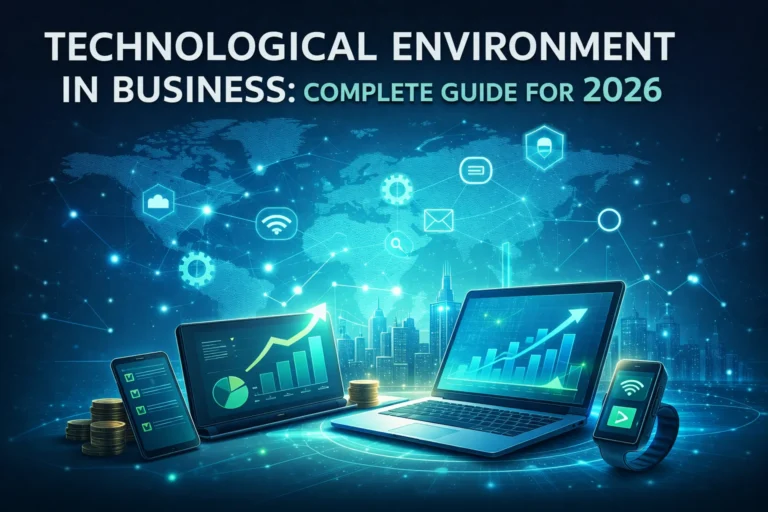
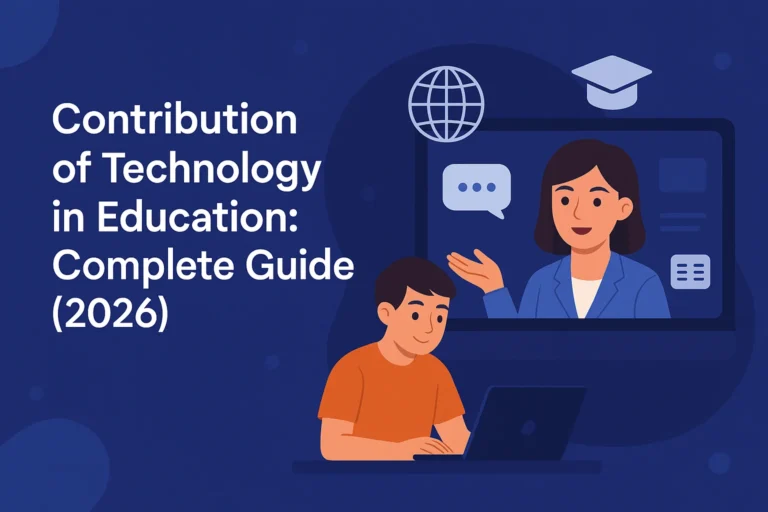
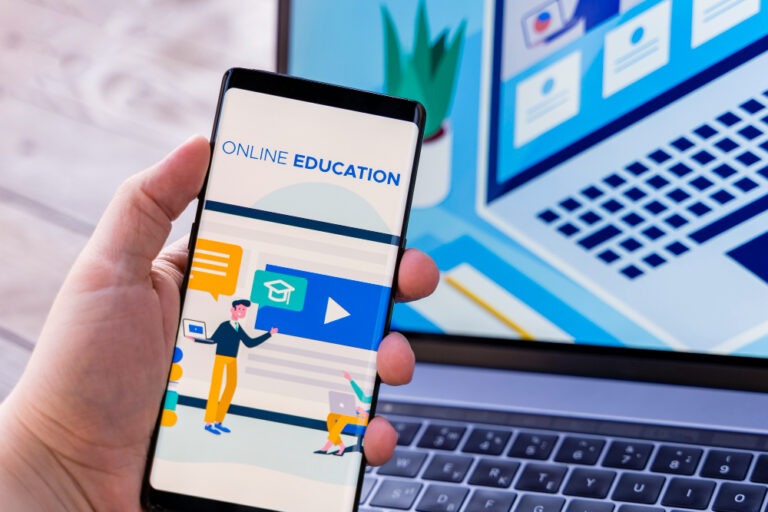
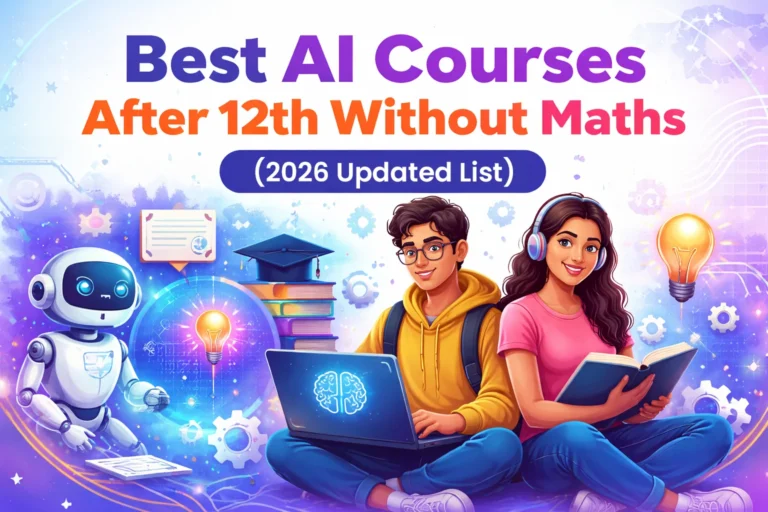
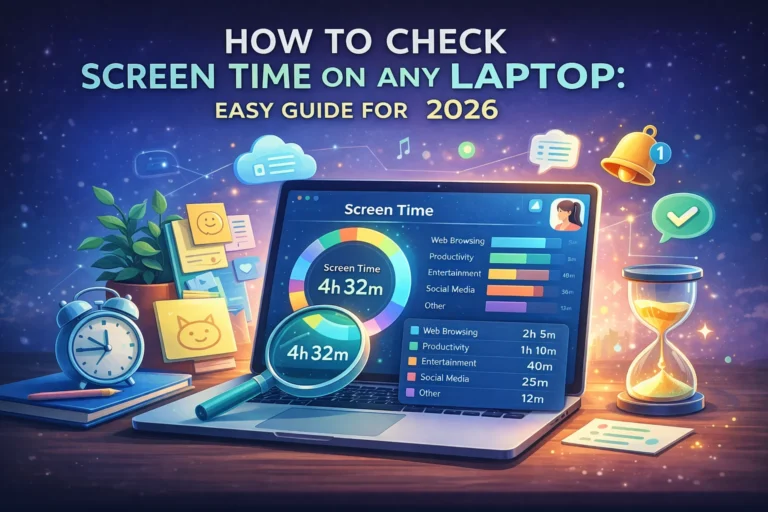
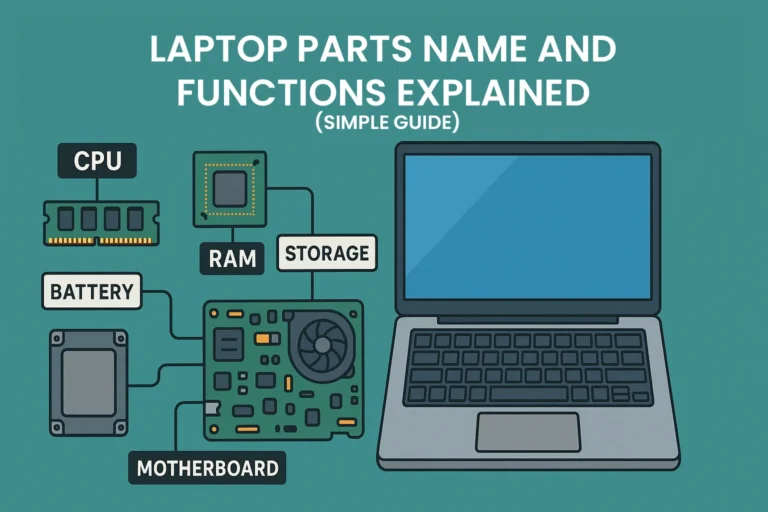
1 thought on “Role of Technology in Modern Education: Benefits and Challenges”